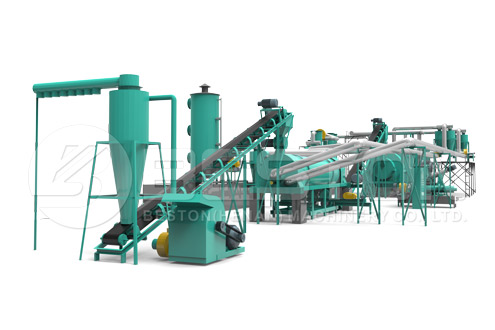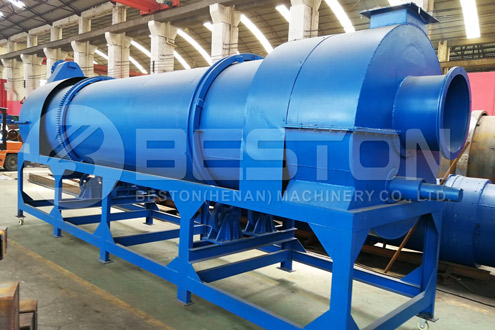Biomass Carbonization: Easy Ways To Find The Best Sawdust To Charcoal Machine
Sawdust to charcoal machines (Оборудование для производства древесного угля из опилок) are popular with biomass waste processing companies in dozens of different countries, including
Indonesia, China, Argentina, Australia, Germany, Norway, Turkey, Netherlands, South Africa, and Brazil. Some of the largest
carbonization machines in the marketplace can convert over 3.5 tons of biomass waste, like sawdust, coconut shells, forest
wood, straw, palm kernels, etc., into biochar, biogas and bio oil every hour.
Sawdust To Charcoal Machine Prices
It can be challenging to obtain the latest prices for sawdust carbonization plant equipment (цена оборудование для производства древесного угля ) without contacting machine
manufacturers directly via phone, live chat, or email. However, you might be able to see estimated plant costs on the websites of
some third-party distributors. While contacting dozens of different companies to obtain quotes can be time-consuming,
comparing prices from a range of suppliers is essential if you want to avail of the best deals. Keep in mind that used biochar
production equipment might be a more cost-friendly option for your biomass processing business.

Biomass Waste To Valuable End Products
With a high-grade charcoal making machine, it’s possible to convert all manner of biomass waste into valuable end products that
can generate large profits for your garbage recycling firm. Some of the end products produced by such a machine can include
bio charcoal, tar, bio gas, wood vinegar, and bio oil. The type and quantities of end products produced depend on the type of
biomass and the core temperature of the reactor.
Bio charcoal is a very valuable material as it has high calorific value, high carbon purity, and a good micronutrient profile. Some
of the uses for bio char include soil fertilizer formulations, activated carbon production, and heating fuel block manufacturing.
Compared to coal, bio charcoal is a much more environmentally friendly fuel as less carbon dioxide is output during burning.
The micronutrient profile of bio charcoal makes it perfect for improving soil quality and thus improving crop yields. Some of the
micronutrients found in the product are zinc, calcium, manganese, phosphorus, and nitrogen. As a result, bio char can fetch a
good price in the agricultural sector.

Comparing Sawdust To Charcoal Machines
There are lots of specifications to look at if you want to accurately assess the pros and cons of machine models from different
manufacturers. Some of those specifications include reactor size, heating system fuel, total power rating, feeding capacity, raw
material compatibility, operating mode, reactor pattern, footprint, service life, working method, and automation level. For
reference, you might like to know that the estimated working life of a high-quality biomass carbonization plant is eight years. For example, https://bestongroup.ru/ ! It is
likely that after that amount of time, various components and modules that make up the plant will need to be replaced.
The reputability of the manufacturer and supplier also need to be taken into account when comparing different biochar production
machines. In general, it’s best to stick to equipment from globally recognized brands, so that the sourcing of any spare parts for
repairs is easier. That said, lesser-known manufacturers often offer some amazing price deals on their sawdust charcoal making
plants.